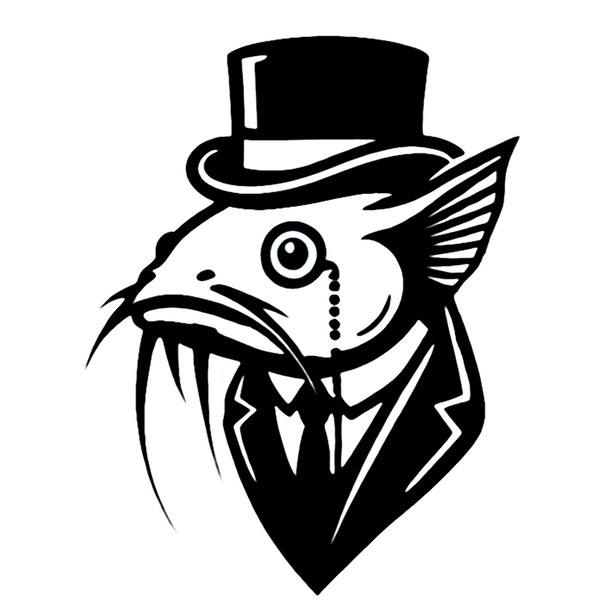Fancy Fish and Aquascapes
Gold Ram ~ Mikrogeophagus ramirezi
Gold Ram ~ Mikrogeophagus ramirezi
Couldn't load pickup availability
The Gold Ram, a stunning color variant of the German Blue Ram, is a small, peaceful cichlid known for its bright golden-yellow body and iridescent highlights. Native to the warm, slow-moving waters of South America, particularly in the Orinoco River Basin, this visually striking fish is a favorite among aquarists for its beauty, gentle temperament, and fascinating behavior.
- Size: 2-3 inches
- Lifespan: 3-4 years
- Temperament: Peaceful but territorial during breeding
- Group/Solitary: Best kept in pairs or small groups in spacious tanks
- Food: Omnivorous; high-quality pellets, live/frozen foods (bloodworms, brine shrimp, daphnia)
- Water Requirements: 78-85°F, pH 6.0-7.5, soft to moderately hard water
Care Instructions
Gold Rams thrive in aquariums that replicate their natural environment of warm, soft, and slow-moving water. A sandy substrate is ideal for these bottom-dwellers, as they enjoy sifting through it in search of food. Live plants, driftwood, and caves provide hiding spots and help reduce stress, while flat surfaces like rocks encourage spawning behavior. A minimum tank size of 20 gallons is suitable for a pair, with additional space required for larger groups.
These cichlids are omnivorous and require a balanced diet of high-quality pellets or granules, supplemented with live or frozen foods such as brine shrimp, bloodworms, and daphnia. Offering a varied diet not only keeps them healthy but also enhances their golden coloration.
Gold Rams are peaceful and can coexist with other small, non-aggressive species like tetras, rasboras, and corydoras. However, they become territorial during breeding and will protect their chosen spawning site. To encourage breeding, maintain pristine water conditions and slightly elevate the temperature.
Fun Fact: Gold Rams are highly social and intelligent fish, capable of recognizing their owners. Their expressive behavior and ability to form strong pair bonds make them a captivating species to observe in a well-maintained aquarium.
Share


